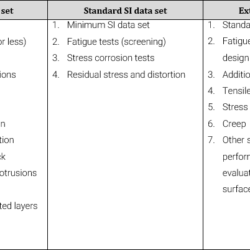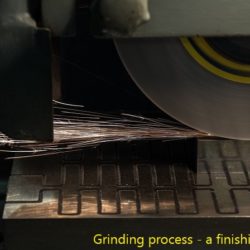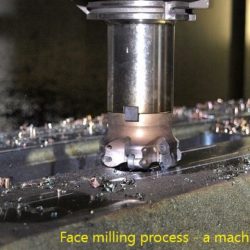Difference Between Surface Finish and Surface Integrity
Functional performance of any solid surface relies on the physical conditions and chemical composition of the concerned surface and subsurface layers. Quality is defined as fit for intended purpose. Similarly, quality of a solid surface is one subjective matter and its assessment primarily depends on intended functionalities. Let us explain the same with examples. With respect to decorative artefact, appearance of the surface has importance rather than presence of micro-cracks


